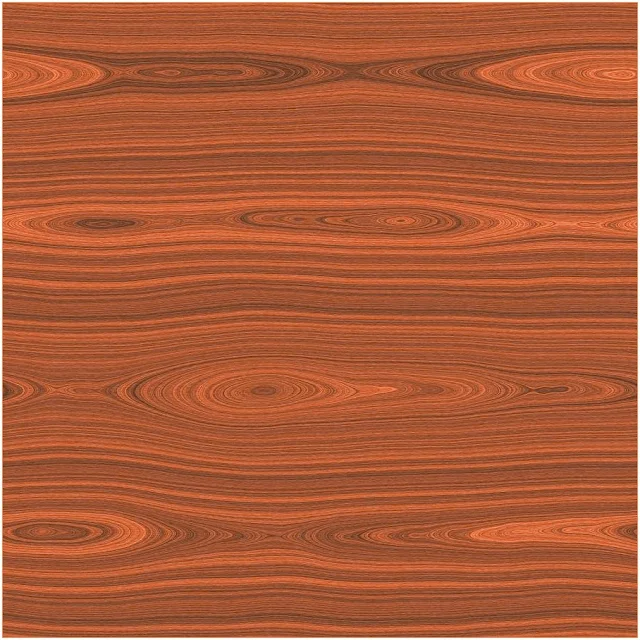Hey hey, all you artistic people out there! Are you getting ready to create some awesome digital art, but struggling with how to make that wood texture look just right? Fear not, for I have searched high and low and rounded up some top-notch tips and ideas for How To Color Wood Digital Art - and make it look oh-so-realistic.
Because let's face it, we all know that you aren't a tree genius... yet.
Before you start painting away, it's important to have a good reference image to work with. This will help ensure that your wood texture looks realistic and accurate. Look for a reference image that closely resembles the type of wood you're trying to create. Whether it's pine, oak, or something in between, a reference image will give you an idea of the colors and textures you should be using.
Don't be afraid to get creative with your wood texture. Experiment with different colors and textures to create a unique and interesting look. Maybe you want to create a wood texture with a tint of pink, or maybe you want to add some glitter for some extra pizzazz. The possibilities are endless, so let your imagination run wild!
1. Choose the Right Reference Image
Because let's face it, we all know that you aren't a tree genius... yet.
Before you start painting away, it's important to have a good reference image to work with. This will help ensure that your wood texture looks realistic and accurate. Look for a reference image that closely resembles the type of wood you're trying to create. Whether it's pine, oak, or something in between, a reference image will give you an idea of the colors and textures you should be using.
2. Play with Color and Texture
And no, I don't mean play like it's a game of Twister.
Once you have your reference image, it's time to start playing around with color and texture. Depending on the type of wood you're trying to create, you might need to use a combination of colors to achieve the right look. Don't be afraid to experiment with different brush strokes and layering techniques to create a realistic wood texture.
Once you have your reference image, it's time to start playing around with color and texture. Depending on the type of wood you're trying to create, you might need to use a combination of colors to achieve the right look. Don't be afraid to experiment with different brush strokes and layering techniques to create a realistic wood texture.
3. Use Light and Shadows to Your Advantage
Because we all know shadows are cooler than the light side.
Adding shadows and highlights can really make your wood texture stand out. By adding darker colors to the recesses and lighter colors to the raised areas, you can create the illusion of depth and texture. Be sure to pay attention to the direction of your light source, as this can affect the shadows and highlights in your wood texture.
Adding shadows and highlights can really make your wood texture stand out. By adding darker colors to the recesses and lighter colors to the raised areas, you can create the illusion of depth and texture. Be sure to pay attention to the direction of your light source, as this can affect the shadows and highlights in your wood texture.
4. Think Outside the Box
Because why blend in when you were born to stand out?Don't be afraid to get creative with your wood texture. Experiment with different colors and textures to create a unique and interesting look. Maybe you want to create a wood texture with a tint of pink, or maybe you want to add some glitter for some extra pizzazz. The possibilities are endless, so let your imagination run wild!
5. Practice Makes Perfect
But don't worry, you don't have to be perfect to be amazing.
Finally, remember that practice makes perfect. Creating a realistic wood texture takes time and patience, so don't get discouraged if your first attempt doesn't turn out the way you want it to. Keep practicing, experimenting, and learning new techniques. Before you know it, you'll be a wood texture master!
There you have it, folks! Some top-notch tips and ideas for creating a realistic wood texture in your digital art. Go forth and create, and remember to have fun with it!
Finally, remember that practice makes perfect. Creating a realistic wood texture takes time and patience, so don't get discouraged if your first attempt doesn't turn out the way you want it to. Keep practicing, experimenting, and learning new techniques. Before you know it, you'll be a wood texture master!
There you have it, folks! Some top-notch tips and ideas for creating a realistic wood texture in your digital art. Go forth and create, and remember to have fun with it!




